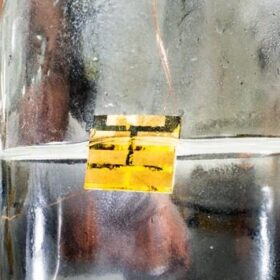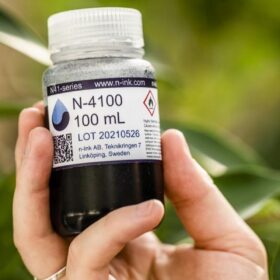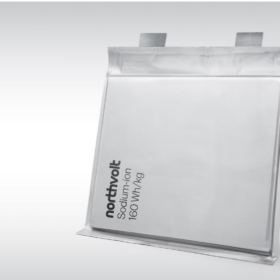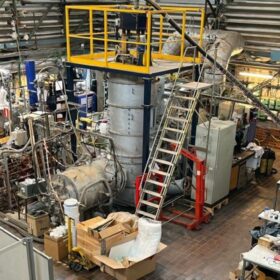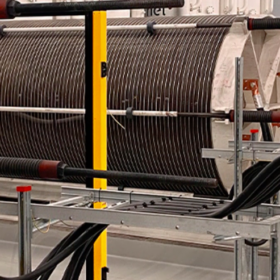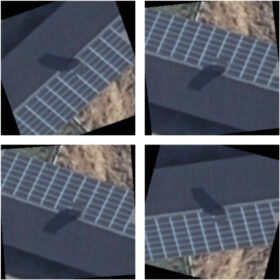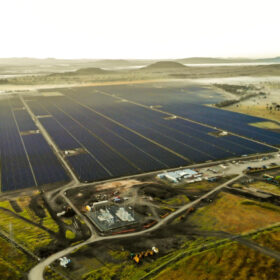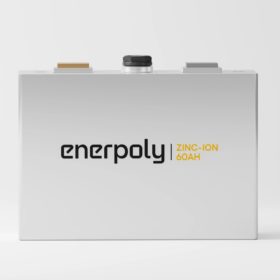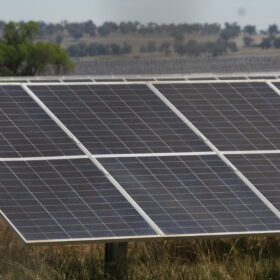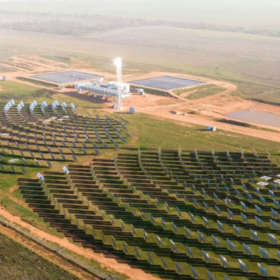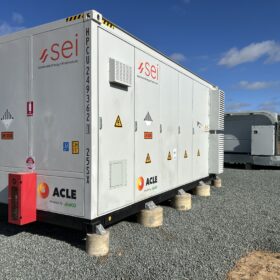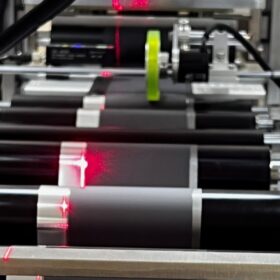Water-based recycling of perovskite solar cells
An international team has developed a new technique to recycle perovskite solar cells (PSC) made on glass substrates using a water-based solution. Tests showed that the recycled cells were as efficient and stable as the original devices.
Swedish startup launches n-type conductive inks for perovskite cells
N-ink, a spinoff of the Linköping University, has developed conductive inks that can be used in the charge extracting layer of organic solar cells and in transport layers of perovskite solar cells.
Talga teams with Aurubis on recycled graphite battery anode project
Australian battery anode and advanced materials company Talga has struck a deal with German multimetals producer and recycler Aurubis AG to develop a recycled graphite anode product from materials sourced from used lithium-ion batteries.
Weekend Read: Mind the skills gap
Around 800,000 new workers will be required in Europe by 2025 for the battery industry alone and, more broadly, existing workers will need to be retrained as the continent’s industries transition away from fossil fuels. International competition for workers is becoming increasingly fierce. Where are these workers and the required skills supposed to come from?
Northvolt unveils 160 Wh/kg sodium-ion battery
Swedish battery maker Northvolt has developed its first sodium-ion battery. The cell has been validated for an energy density of more than 160 Wh/kg and is designed for energy storage applications.
Swedish startup to use green hydrogen plasma in pilot reactor for solar grade silicon
Encouraged by lab results and a feasibility study, Swedish startup, Green14, in collaboration with Sweden’s Royal Institute of Technology (KTH) plans to build a pilot-scale reactor to make solar grade silicon with a hydrogen plasma process. The company sees the pilot as a step towards using a more sustainable method to produce solar grade silicon for the PV industry at its own gigawatt-scale plant.
World’s first green hydrogen plant to heat steel
Hitachi Energy has delivered a modular solution to electrify a 20 MW electrolyser to produce hydrogen to heat steel before rolling, while Enapter has unveiled its AEM electrolysers for industrial and refuelling pilot projects.
Novel AI-based tech to identify rooftop solar systems from aerial images
The model utilises deep learning and image processing techniques and is said to offer “superior performance.” In the future, it might be able to differ between panels of PV and solar thermal systems.
Swedish developer pushes into Australian solar with Esco Pacific purchase
European renewables giant OX2 has announced its entry into the Australian market with the acquisition of Esco Pacific, one of the country’s biggest utility-scale solar developers in a deal valued at $126 million (USD 84.2 million).
Zinc-ion batteries for residential applications
Enerpoly produces low-cost, low-maintenance zinc-ion battery storage systems for durations of two to 10 hours. The Swedish battery specialist now plans to develop prototypes of a residential plug-in storage system with rechargeable zinc batteries in Europe, under an EU-funded collaborative project with Austrian startup EET.
